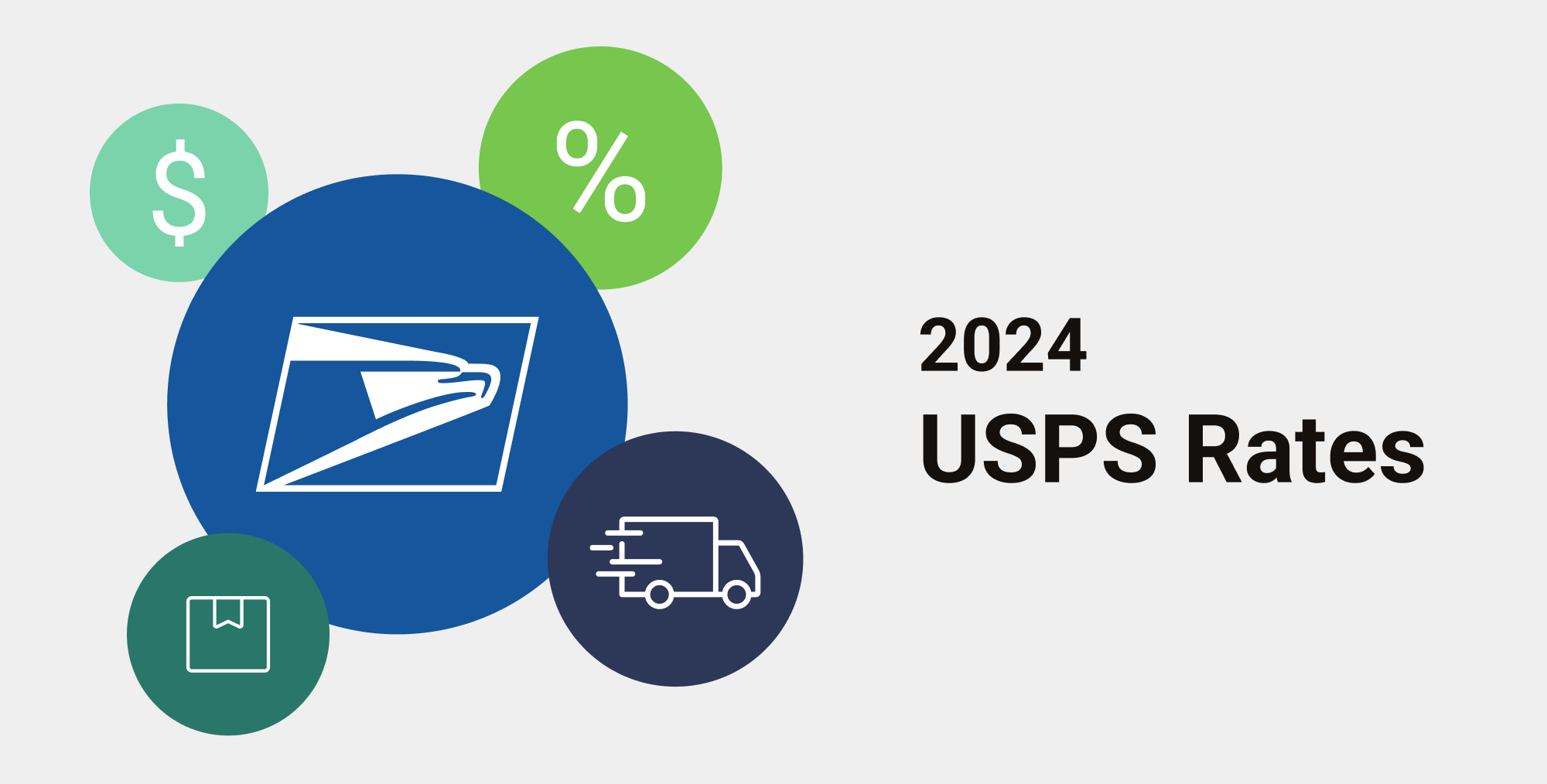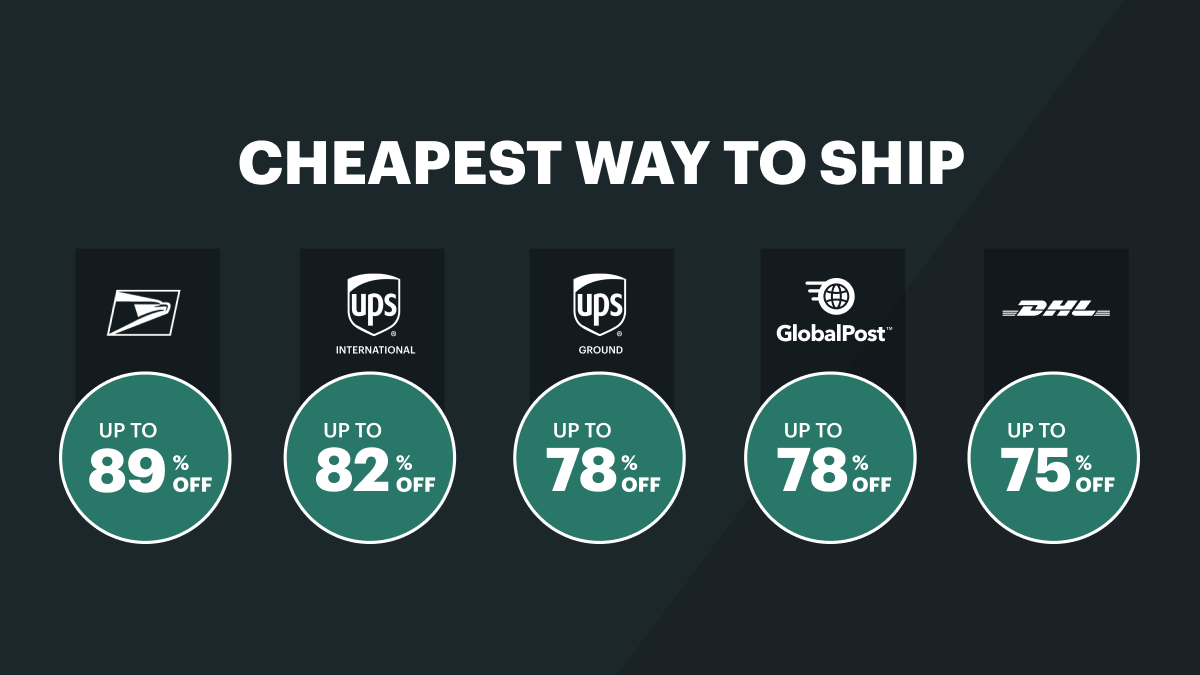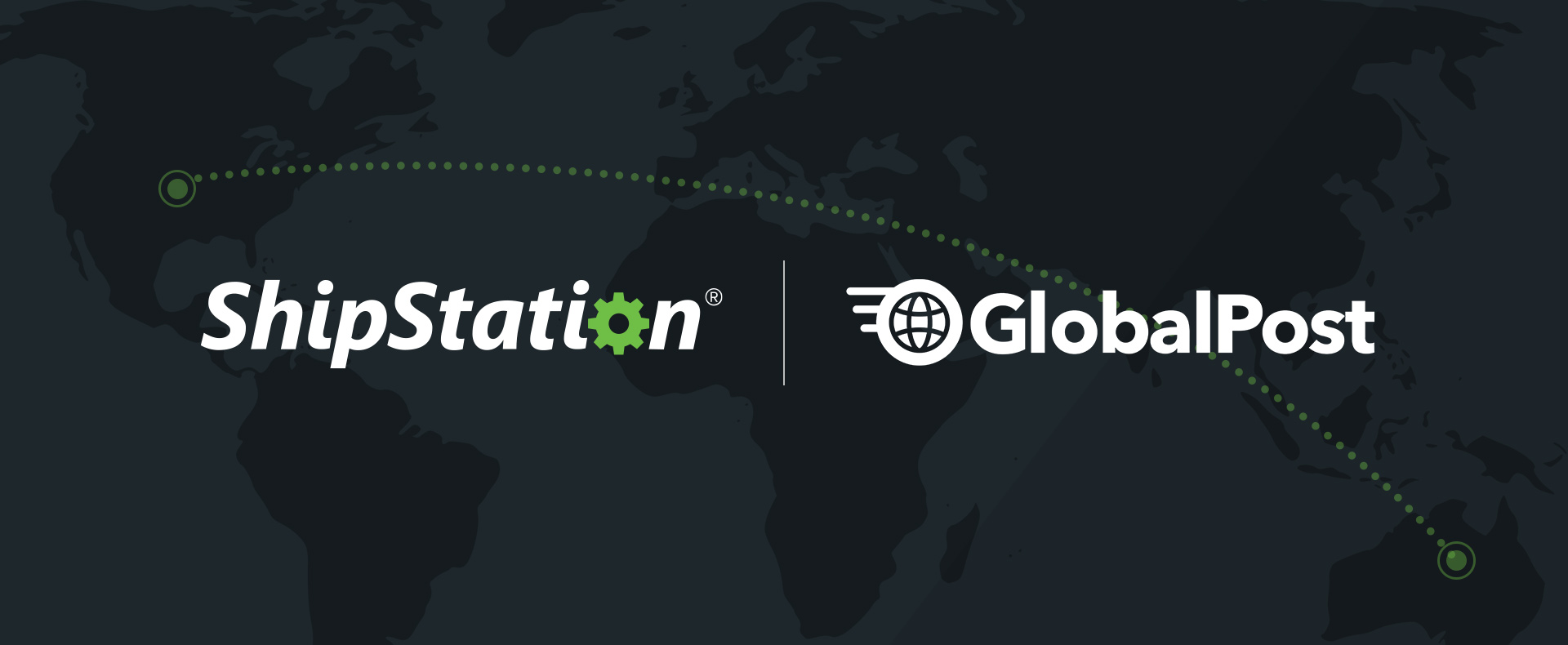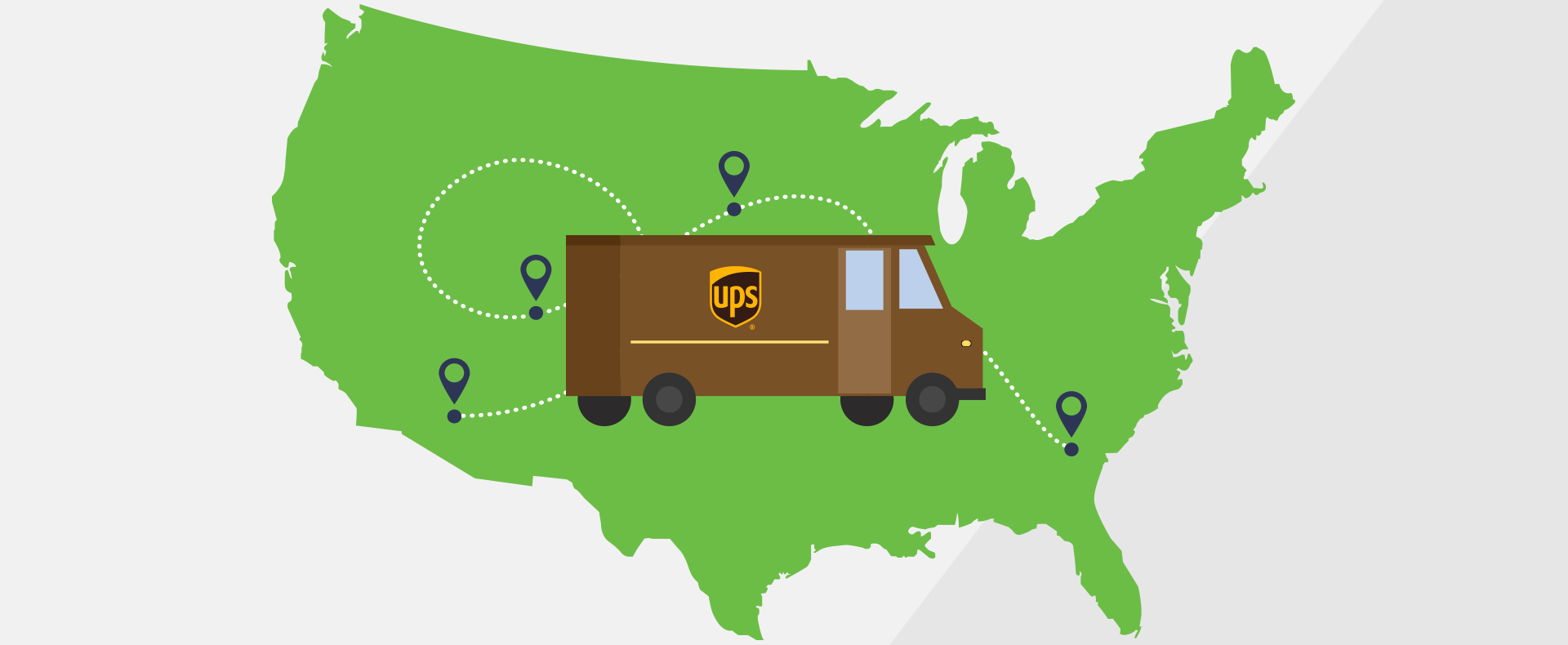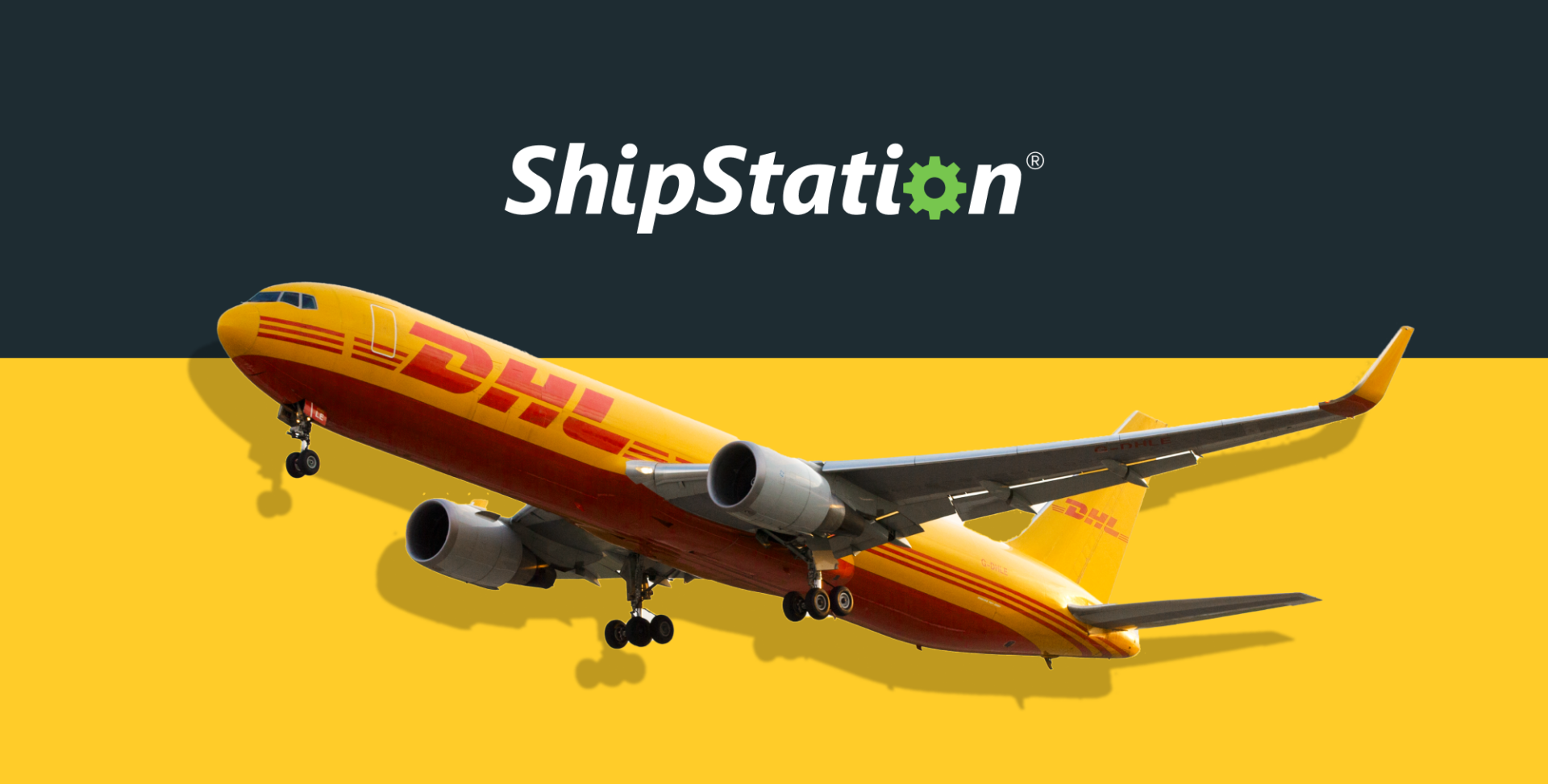Why You Should Use Multiple Carriers: UPS, USPS, DHL, and FedEx
Merchants typically look at shipping as a necessary evil: It cuts into your profit margins and you just have to deal with it. Yes, shipping costs money. But there are many ways to make fulfillment more affordable if you know what to look for. Sometimes, merchants make assumptions about which services are the most affordable. A lot of times, this assumption is “I’ll just use USPS. It’s gotta be the most affordable!” While USPS has a fantastic delivery network and economical services that are hard to beat, it doesn’t always offer the best rates. There are times when you could save a substantial amount of money with a different carrier or shipping service. Knowing when and how to use USPS, UPS, DHL, and FedEx can help you save on shipping, reach new customers, and expand your business.
Multiple Carriers Let You Compare Rates
The top reason to have multiple carrier accounts is that it makes it easier to compare rates between different carrier services. People assume that the USPS will have the best rates, but this isn’t always true. In fact, for parcels weighing over 4 lbs or so, UPS and FedEx start offering competitive rates—particularly if the shipment is traveling across the country.
How Shipping Zones Factor Into Shipping Rates
One of the main factors when calculating shipping rates is the shipping zones. Zones are not as cut and dry as weight or size. A shipping zone is the distance between the ship from address and the recipient’s address. Knowing how shipping zones influence a shipping rate lets you better understand where the cutoff is for one service, and when another one is more effective.
Some merchants prefer to get granular and use individual postal codes to distinguish which service to use. But this isn’t really necessary. It’s rare that two postal codes within the same shipping zone will have a different base rate—particularly with USPS. This is due to them having an obligation to be able to deliver to each address every day. Occasionally, post-billing carriers will apply additional fuel or remote area surcharges to an order. Luckily, ShipStation gives you access to discounted UPS rates that discount or waive many of the fees and surcharges that you find with postbill services. To find out additional ways to save, check out our cheapest way to ship guide.
More Express Shipping Options
Not only do you get to compare better rates by using multiple carriers, you can also take advantage of more express shipping services. Many 2-day or next-day services from UPS and FedEx offer day-definite delivery guarantees. This means that if a parcel arrives late, it is eligible for a refund. Services like USPS Priority Mail Express CAN arrive in 1 day, however, they don’t offer a next-day guarantee. So if it takes another day or two to make final delivery, it’s the merchant left dealing with the refund process.
Bargaining Power With Carriers
The more business you do with a carrier, the more they want you to use them. One of the best ways to get volume-based shipping discounts is to use multiple carrier accounts. The more contracts you can negotiate with carriers, the more leverage you have to further reduce carrier rates. Common negotiations include waiving additional fees like residential surcharges or fuel surcharges. For lightweight parcels, these fees are what typically make USPS a more affordable option. However, post-billing carriers like UPS and FedEx want to remain competitive in all areas for high-volume merchants. As a result, if they can see you giving them a lot of business, they may offer you even more competitive rates across the board.
Simplify Returns
Different carriers offer different return options. While some carriers have cheaper return options, they may not have the most robust options to account for every type of return. For instance, USPS First Class Mail is a baseline for affordably receiving returned merchandise under 16 ounces. However, if you wanted to include a return label with outbound merchandise, you would need to use a pay-on-use service like UPS Ground or FedEx Ground. Since the USPS charges for labels upon creation, any return label you generate costs money unless you cancel it and ask for a refund.
Better International Coverage
International shipping is a hurdle for many growing businesses. However, a wider selection of carrier services gives you access to the best delivery options regardless of where your customers live. Additionally, some services are being banned in different countries. For instance, Priority Mail International has been revoked for shipping to China recently. If you want to ship standard services to China, you’d need to use something like DHL. Comparing different carrier options for international shipping ensures that you’re never paying more than you need to for any order.
How ShipStation Helps Multi-Carrier Shipping
Access Shipping Discounts
ShipStation has a lot to offer ecommerce merchants. Beyond simplifying shipping, you can also get discounts on shipping services simply by signing up with ShipStation! We work closely with top carriers like UPS, USPS, DHL Express, and more to give you discounts that you would not have access to through a standard carrier integration. You can save up to 89% on select services.
Compare Rates With A Shipping Calculator
One way to quickly compare rates is to use a shipping calculator. A shipping calculator may vary depending on which shipping platform you use. But, ideally, it will let you compare all available rates for any parcel or test shipment.
Automatically Apply The Best Shipping Option
Once you find the best shipping services for each of your shipments, you can then set up an automation process to apply it to your orders. This saves you a lot of data entry and helps mitigate manual errors.
Integrate ALL Your Channels
Not only does ShipStation give you access to all the top carriers that you ship with, it also lets you pull in orders from anywhere you sell. With ShipStation, you can scale your shipping along with the rest of your business.
